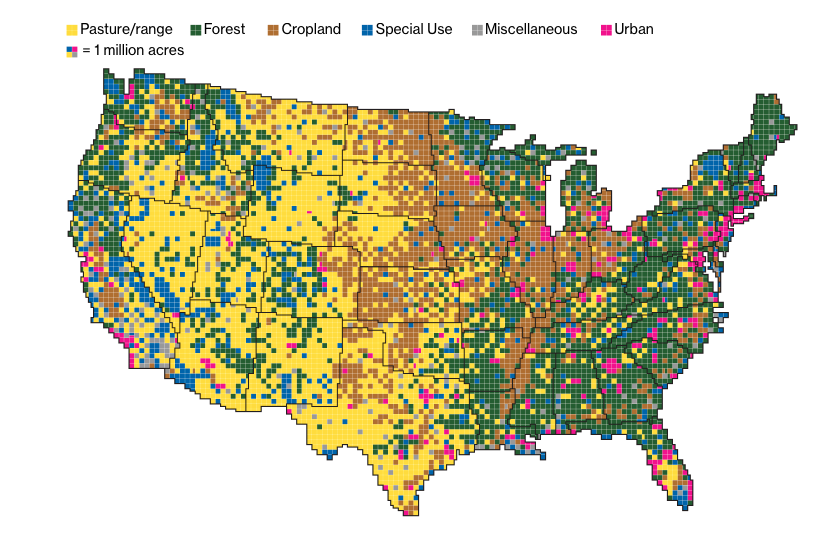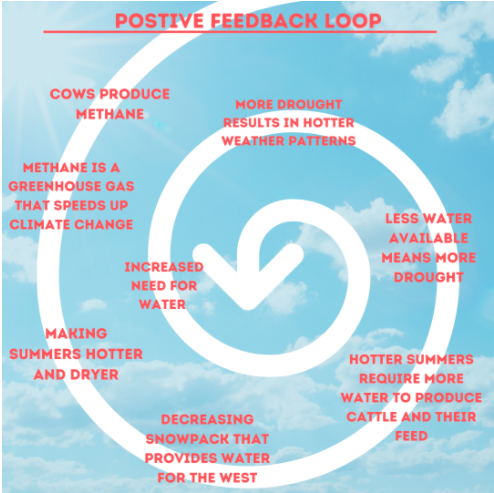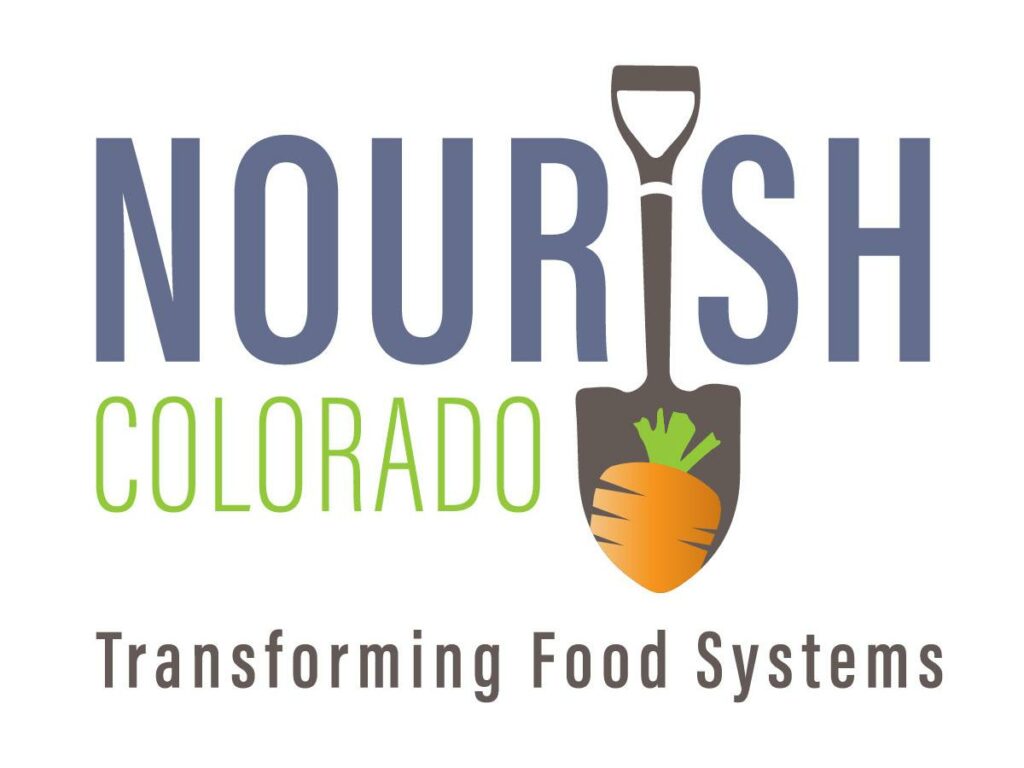By Lindsey Beatrice & Hannah Wallace | CU Boulder MENV
This disclaimer informs readers that the views, thoughts, and opinions expressed in this blog belong solely to the authors, students of CU Boulder’s Masters of the Environment (MENV) program and their research, not necessarily to Nourish Colorado as an organization, nor does the blog represent the work that Nourish Colorado is leading.
When was the last time you thought about the farmers who produce the food you eat?
With increasing uncertainty due to climate change, we all might have to start thinking about it more. Today, we live in a world where we produce more calories of food per person per day than the average adult needs, yet 11% of Americans still experience food insecurity. In 2020, COVID-19 disrupted our supply chains and caused financial hardship which worsened the food security gap. Last year in Colorado, 38% of people were food insecure. Many people use food insecurity as justification to grow more food on more land (even though farms already cover 40% of land globally), and intensify methods of growing that harm the environment (like using pesticides and synthetic fertilizers). However, we already produce more than enough food to feed the world; we just waste a lot of it and don’t distribute it equitably. Changing our systems of distribution and advocating for smarter food policies can ensure that the food we already produce reaches the people who need it.
As climate impacts like floods, drought, and sea level rise continue to worsen, we will experience more frequent disruptions in our food supply chains that will impact food insecurity. And while that is scary, there is a lot we can be doing now to adapt our food systems to be more resilient against climate change.
The environmental impact of agriculture
We all need to eat, so having farms is integral to human life. But at the same time, agriculture uses a ton of land and the impacts to our shared environment are felt by all of us. Producing food uses up to 70% of our available freshwater and chemical runoff from farms contributes to 78% of the pollution and eutrophication (dead zones) in our oceans. Globally, agriculture creates 26% of our greenhouse gas emissions, largely from the usage of heavy machinery, application of chemicals, tilling that releases carbon from the soil to the air, and methane emissions from cattle and food waste.
Luckily, it doesn’t have to be this way! Using farming practices that work with nature can help decrease the environmental impact while also boosting crop resilience. For example, growing water-intense foods in regions that have a lot of rain or available water can help us conserve freshwater. Switching to drought-tolerant varieties for crops grown in drier areas, or converting sprinkler systems to drip lines can reduce the amount of irrigation needed in water-stressed areas. Growing compatible crops in the same fields can help control pests and reduce pesticide use, as well as build up soil health to reduce climate impacts.

Okay, but what does climate change mean for agriculture?
Human-made climate pressure has brought us into a new era that scientists have coined the Anthropocene, characterized by human activity being the dominant influence on our global climate. One agricultural example of our human-made changes can be seen through disruption to natural environmental patterns like the water and nitrogen cycles through the use of irrigation and synthetic fertilizer. For food producers, climate change means less stability in seasonal climates, more unforeseen weather events like floods, hotter heat waves, and colder and more unpredictable freezes. We are already seeing the effects of a changing climate. Recent literature found that because of climate change, farm productivity since the 1960s is 21% lower than what it could have been with current technological advancement.
Current agricultural practices contribute to climate change, which causes growing seasons to become more unstable, resulting in the need for more unsustainable farming practices like increased irrigation in areas with heatwaves and droughts. This is known as a positive feedback loop, which is unfortunately not a good thing in this case. Positive feedback occurs when a given change affects a change in the same direction. An easy example could be a midday-slump cup of coffee: while it may help you get your work done, it also makes you stay up later. This makes you tired the next day, needing another afternoon caffeine boost and creating a habit. Our climate and agriculture feedback loop creates cycles that are much harder to break or reverse.
In Colorado, we see an example of positive feedback on our cattle ranching industry. For example, right now to produce 1 pound of feedlot beef it takes 1,800 gallons of water. Cattle also produce methane, a more potent greenhouse gas than carbon dioxide, which speeds the impacts of climate change. This creates extensive periods of drought and high heat in Colorado, and cattle industry will require more water even as there is less water available in our aquifers and decreasing snowpack to feed our rivers. We use this as an example of a positive feedback loop because the industry as a whole mimics this trajectory. However, there are ranches that promote resilient practices like regenerative agriculture. These typically are less water-intensive and work to restore soil health on agricultural land.

How will climate change impact food security?
As food production is likely to become more unstable over the next few decades, this has major implications for food security globally, and in Colorado. A 2015 study looked at global food production and prices under the shared socioeconomic pathways (SSP) and representative concentration pathways (RCP) frameworks, which outline what life might be like in the future given different economic and climate projections. This study added more updated, nuanced food-specific data and found that global agricultural yields for most major crops will decline more than was previously thought. Under low economic growth scenarios (which preserve or worsen global wealth imbalance) or high greenhouse gas emissions scenarios, climate change will severely impact how much food is produced and raise the price for consumers, making global food insecurity worse.
As heatwaves, fires, and droughts get worse here in the West, we could also see impacts to our local food producers. Agriculture supports nearly 200,000 jobs in Colorado and contributes $17 billion to the state economy. Climate change impacts create risky situations for farmers that could destroy or damage their crops and livestock, so shifting towards more resilient practices is important. Losing agricultural jobs and economic value will likely harm our rural and low-income communities that often already struggle with food insecurity.
So what can we do about this to make sure we can feed more people using fewer resources in the future?
We can always advocate for better policies. At times, our current agriculture subsidies prop up unsustainable and damaging ways of producing food that are less resilient to climate impacts. By shifting policies towards rewarding practices that work in tandem with nature and boost the resilience of soils, plants, and livestock to climate impacts, we can mitigate some of the worst impacts to our food supply. The first step is to find organizations that do work you want to support, either in policy or practice. Research, have conversations with people in your community, sign petitions, and dig to find organizations to support that align with the values you want to see in our food systems. You can also find local non-profits, community groups, and resiliency-focused farms and volunteer your time or skills!
Also, for individuals looking to take action and who may able to make changes to their grocery list, one great way to take personal action is to shift towards less impactful ways to eat.
- Eat fewer beef and dairy products, seriously. Only eat beef as a treat, rather than a dietary staple. There are great vegetarian protein options out there, no cows needed!
- Eat fewer water-intensive foods. When it comes to milk alternatives, almonds use a loooot more water than oat or pea milk.
- Eat organic when you can. Organic farming isn’t perfect, but fewer harmful chemicals being sprayed causes less harm to pollinators, plus reduces emissions from fertilizer production.
What else? We’d love to hear from our readers about what we are missing! While climate change is a scary thing, the best thing to do is to take action in whatever way you can. Food security does start on the farm, and there are ways for all of us to get involved in creating a more food secure, equitable future.
